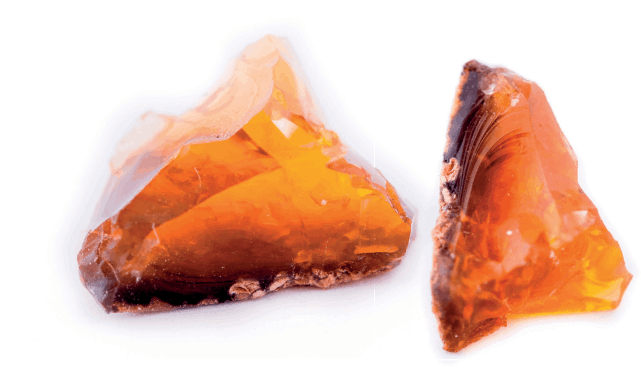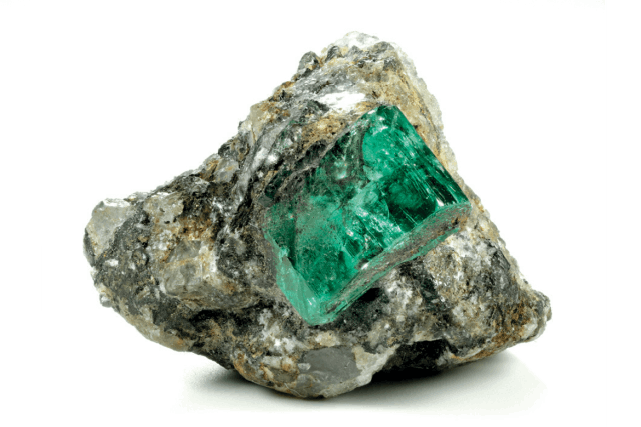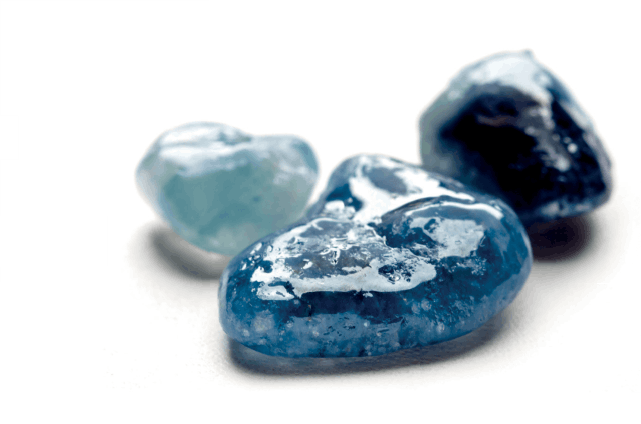
OPAL
The Mezezo Opal, one of the most remarkable forms of opal,
was initially discovered in the early 1990s (orange, reddish
brown). Nodules of a reddish-brown volcanic rock with
orange, reddish brown, or “chocolate” brown priceless opal
within makeup specimens from Mezezo (Shewa).
Opal from this area occurs in a wide range of body colors.
Much of the opal has a brown, red, or orange body color;
however, yellow, white, and clear body colors are also found
in 2008. Ethiopian white opal’s beautiful play of color instantly
become well known with the potential to compete with the
Australian opal in terms of quality.
Precious opal mined in Ethiopia began entering the gem and
jewelry market in 1994, four years after the discovery of the
Shewa opal.
Varieties
• Wegel Tena white opal( welo opal)
• Dark and black opal
• White and crystal opal
Location
• Wollo, the northern part of Ethiopia
• Wollo, at the Stayish mine near the town of Gashena


